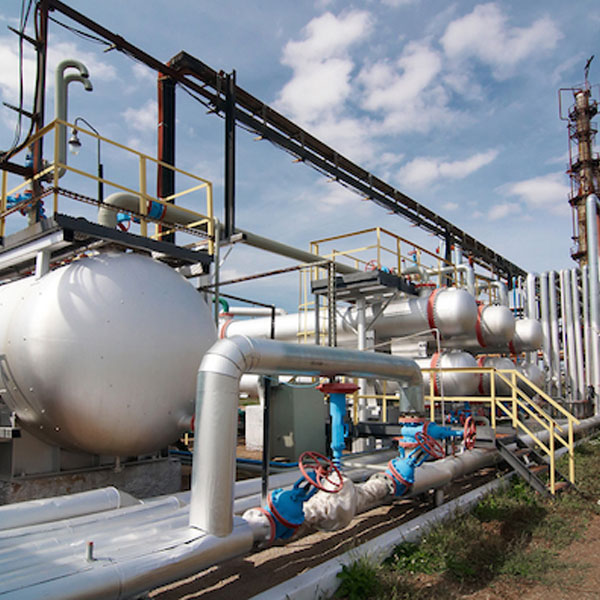The level of growth and economic development in a country hinges on the energy resources it has at its disposal. With a fast developing economy, India is ambitiously looking to exploit new and innovative ways of tapping energy to match its growing demand. As the threat of global warming looms large, environment-friendly sources of energy are the way to go. Natural gas is one of the most economical and environment-friendly sources of energy. This is why, it is also known as the ‘green fuel’.
Natural gas is a mixture of highly combustible and odourless gases rich in hydrocarbons. These gases are found naturally in the atmosphere deep inside the earth, generally near other solid and liquid hydrocarbons beds such as coal and crude oil. Natural gas is not used in its pure form; it is processed and converted into cleaner fuel for consumption. The by-products of natural gas processing also find use in various allied purposes.
Natural gas is mainly used as fuel for generating electricity and heat. It is also used as fuel for vehicles in compressed form which is known as Compressed Natural Gas or CNG. In its liquefied form, it is known as LNG and finds use in storage and transportation of the fuel. The Adani Group’s Mundra Port is likely to commission its Liquefied Natural Gas (LNG) import terminal soon. This LNG terminal is a joint venture project between Adani Enterprises Ltd and Gujarat State Petroleum Corporation.
According to the estimates of Government of India, India has over 1,437 billion cubic metres of natural gas reserves. A major mass of India’s natural gas production comes from the western offshore regions, particularly the Mumbai High complex. Over the last few decades, the Indian government has taken various measures both at the domestic and international level to fill the supply gap in energy demand. The New Exploration Licensing Policy (NELP) opened exploration and production to private and foreign companies. This was relatively successful before stagnating at the turn of the century.
The recently approved Hydrocarbon Exploration Licensing Policy (HELP) appears to be a step in the direction. It remains to be seen how the policy plays out on the ground. This policy provides a uniform licensing system to cover all hydrocarbons such as oil, gas, coal bed methane, shell oil and gas, etc. under a single licensing framework along with open acreage policy. The gas market in India has a high growth potential though it happens to be a price-sensitive market as the ability of customers to pay differs across sectors.
It is important to note that the Indian gas sector, and the whole energy sector, is largely dominated by two state-owned companies and the state plays a key role in regulatory framework and policy-framing. Although recent reforms in the sector have been encouraging private investment, more transparency is required, especially in allocating and pricing. Even though the natural gas market is growing rapidly in the country, there is so much more that can be done.
Experts say that India needs a clear policy and framework to attract the required level of investment in this sector. This is necessary to sustain a high economic growth and lift so many people out from poverty by giving them access to energy. The role and powers of the regulators have to be clearly defined. Moreover, experts agree that the Indian gas market needs a rational pricing mechanism to encourage efficient development and consumption of energy infrastructure as well as incentivising gas suppliers. It is suggested that the gas sector should be liberalised once a suitable infrastructure is in place.





























No Comments
Leave a comment Cancel